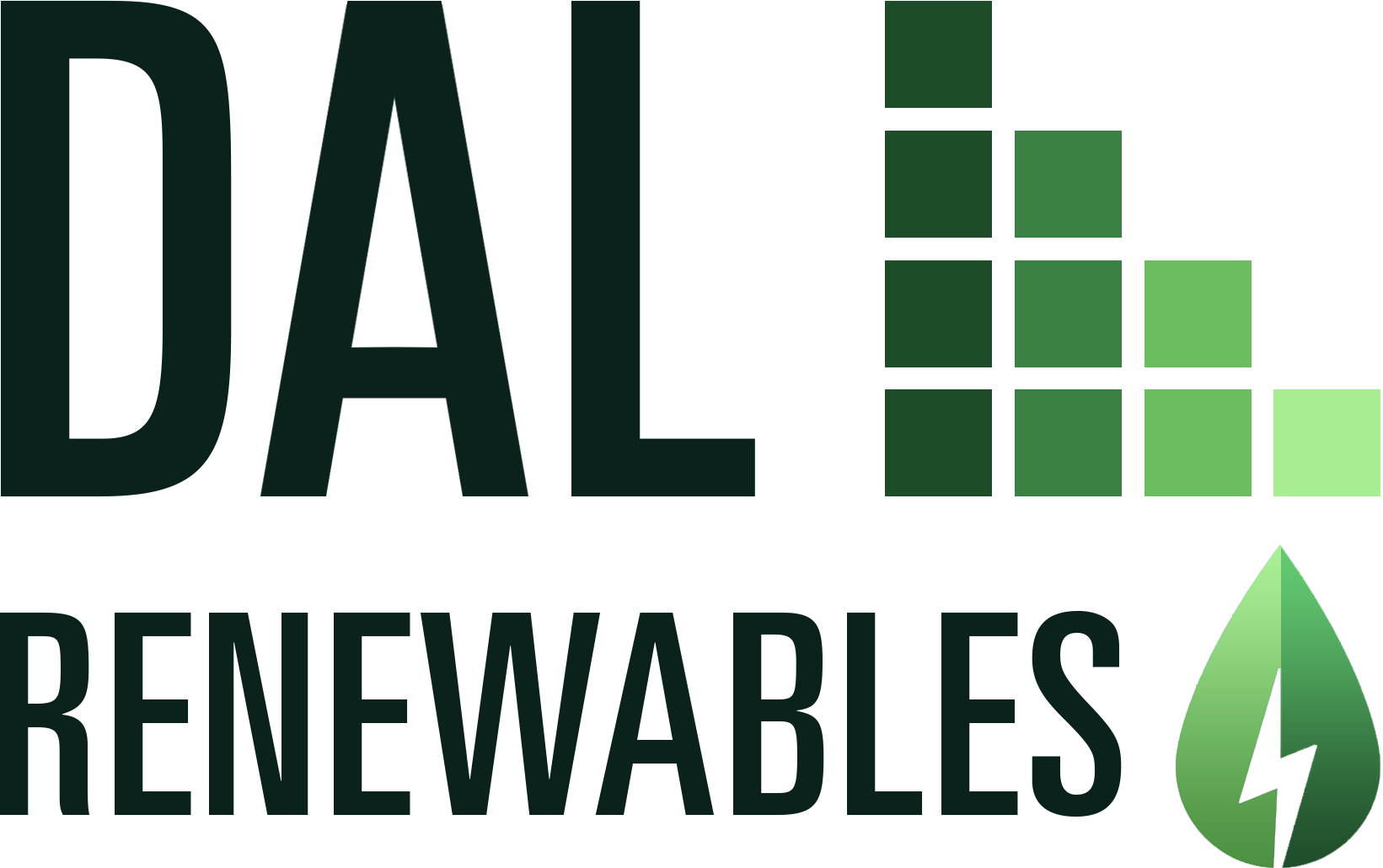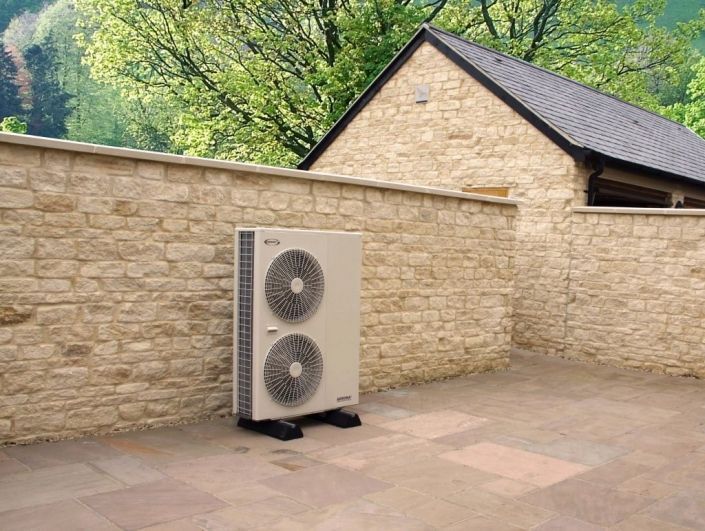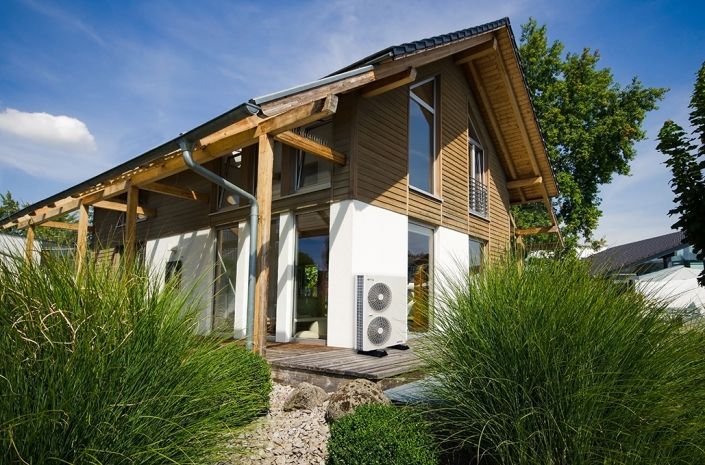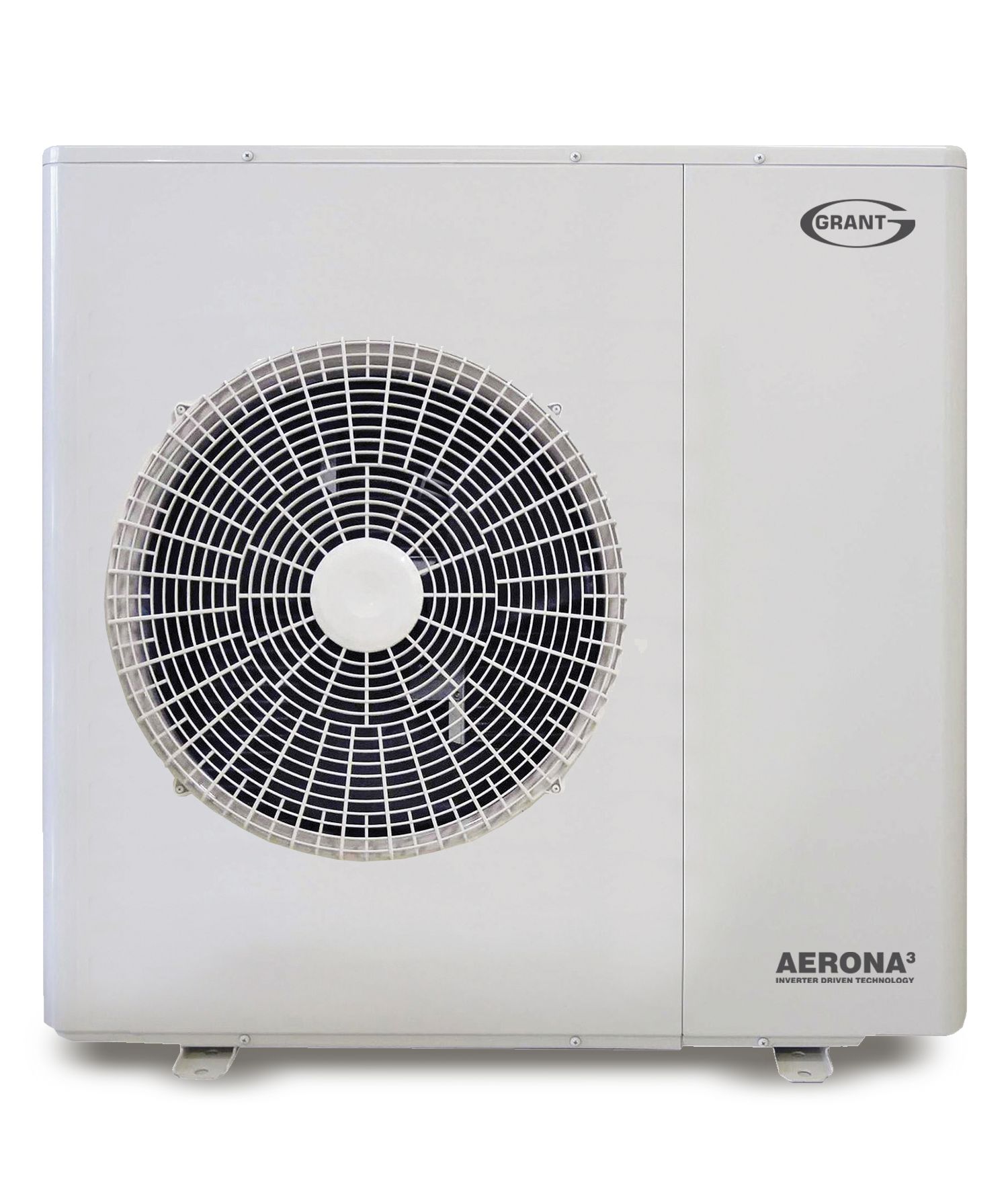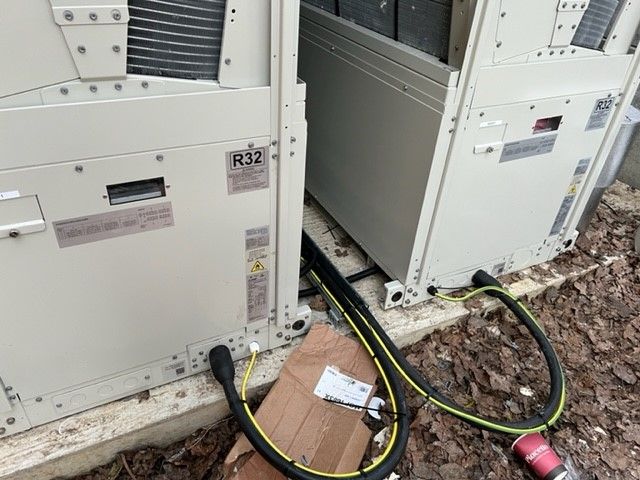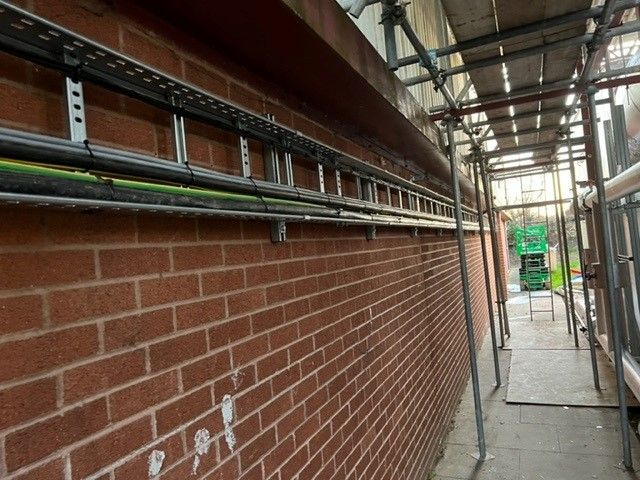ASHP installation
Although relatively new in the UK, air source heat pumps have been used regularly in other countries for a long time. An ASHP can allow homes to transition fully away from fossil fuels, meaning a much more sustainable way of living.
Often referred to as the replacement for boilers. Air source heat pumps are like climate control for your home. Set the temperature and the heat pump will do the rest without the need for fossil fuels.
What is an ASHP?
An air source heat pump, sometimes referred to as an air-to-water source heat pump, transfers heat from the outside air to water, which heats your rooms via radiators or underfloor heating. It can also heat water stored in a hot water cylinder for your hot taps, showers and baths.
Heat from the air is absorbed into a fluid. This fluid then passes through a heat exchanger into the heat pump, which raises the temperature and then transfers that heat to water.
How do they work?
Heat naturally flows from a warmer place to a colder place. To provide the heat energy in a home when outdoor temperatures are colder, we need heat to flow in the other direction – from a colder place to a warmer place. But how?
When the pressure of a gas increases, the temperature also increases. When the pressure decreases, the temperature decreases. This relationship between pressure and temperature is the key to how a heat pump works.
The gas is called a ‘refrigerant’ and a heat pump uses electricity to compress this refrigerant, increasing the pressure and therefore the temperature.
As the refrigerant’s heat is moved to your home via the heat exchanger, it cools. The refrigerant is then allowed to expand so that it cools even further. It’s now cold enough to absorb more heat from outside and begin the process again.
The heat delivered to the heat exchanger can then be used to heat your home.
Will installing a heat pump save me money?
While the compressor and pumps need electricity to work, they use less than the quantity of heat they move from outside to inside. The amount of heat energy moved versus the amount of electrical energy used depends on the source temperature and the output temperature, so it varies constantly throughout the year as outside temperatures change.
How this will affect your energy bill will depend on several factors, including:
- What fuel you are replacing and how much it costs.
- Your electricity tariff.
- Type of heat pump you install and how efficient it is.
- The design of your central heating system.
- Your location and its average air or ground temperatures throughout the year.
If you're using gas boilers (not LPG or oil boilers), heat pumps are likely to be slightly more expensive to run unless particular attention is paid to ensuring maximum efficiency of the heat pump in the heating system by using best practice radiator / underfloor heating design. However, we expect that heat pumps will become the cheapest as well as the lowest carbon form of heating available.
For those on LPG or oil, annual variations in prices mean that it’s difficult to give an exact estimate of annual heating costs. Unless you can buy oil or LPG at the very cheapest time of the year to cover your entire annual use, heat pumps should save you money on running costs assuming a well-designed system is installed.
How the install works
-
1. Use our project estimator tool
Our project estimation tool allows you to provide as much information as possible in order for us to give you a provision quotation, subject to a home survey being completed. It's easy to use, fast and mobile phone friendly.
-
2. We will confirm the information provided
We will have a look at the information you provided us and will email you with a provisional quotation allowing you to consider if our heat pumps match your budget.
-
3. We arrange an onsite survey
If happy with our initial proposal, we would book an appointment with you, where one of our fully vetted engineers will visit your property to assess suitability of the technology you have chosen and ensure the project is viable for the property.
-
4. We present you with a quotation
Once we have completed a survey, we will formalise our quotation for you to consider and decide if you wish to proceed with the project using DAL Renewables.
-
5. We start the project
We start the project, providing you with expected timelines for delivery of products and installation start and finish dates. We will let you know what needs to happen in advance of the installation and will provide you with all product documentation and warranties following installation.
We not only install. We maintain too.
Ask us about our annual servicing programme. ASHP manufacturer warranties require an annual service to occur to ensure the performance of the system.
Let’s talk about your project
Fill out the form, or call us to set up a meeting at
01925 450132
Thank you for contacting DAL Renewables.
We are extremely busy installing technologies across the UK, but we will aim to respond to your enquiry as soon as possible.
Best Wishes
DAL Renewables
We bring pride and passion to every project that we undertake, with a professional team of designers, project managers and tradespeople.
Services
Contact
Tannery Lane, Penketh Warrington WA5 2 United Kingdom
